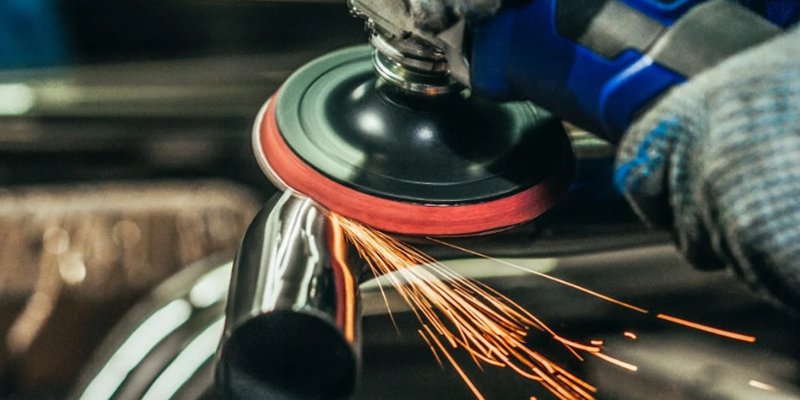- June 28, 2022
Regardless of how good a finished component is, a quality metal surface finish will make it better. Surface finishing is an essential process in metal component manufacturing. The right surface finish ensures that a metal part looks better and lasts longer.
However, there are several types of metal finishes available for metals. Therefore, it is important to understand the details of the many finishes available. Not knowing the right finishing technique for a project can cause material wastage, increased cycle time, and hiked manufacturing costs.
This guide will give you the details of the various metal finishing techniques available. This will help you avoid undesirable manufacturing results and improve the quality of your products. Let’s get into it!
Surface Finish Basics: What Is Surface Finishing?
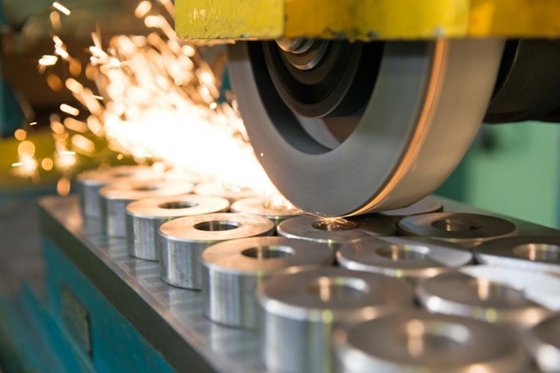
Surface finishing is an umbrella term for various processes used in altering metal surfaces by removing, adding, or reshaping. It is a protective chemical, mechanical, or electrical process that helps to improve the aesthetics, strength, and other properties of metal components.
The unique result of a finishing process will depend on the method chosen. Depending on your needs, you may select one or a combination of finishes for metals to achieve the ideal product quality.
Why Is Surface Finishing Important for Metals?
Surface finishing can be both beneficial to the end-user and the manufacturer. Generally, a quality surface finish makes the final product look better and last longer. Therefore, the end-user gets to enjoy using the product more.
Likewise, some surface finishing procedures make manufacturing processes easier. For example, brushing a metal’s surface before painting will increase the adhesion of the metal to the paint. This enables the manufacturer to get a top-quality surface finish easier.
Some of the several benefits of surface finishing processes include the following:
- Increased durability
- Increased corrosion resistance
- Elimination of surface defects
- Helps with the adhesion of paint and other coatings
- Enhanced aesthetic appearance
- Increased chemical resistance
- Improved electrical conductivity
- High strength and wear resistance
Types of Metal Surface Finishes
There are several surface finishing types available, each with its unique advantages. The kind of project and your material choice will determine the type of finishing you will adopt. Below are some of the common metal surface finishes available:
Plating or Conversion Coatings
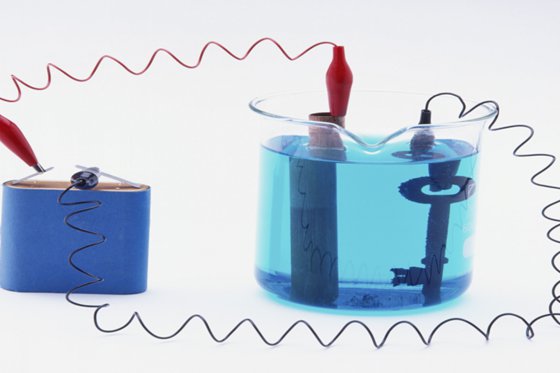
Metal plating involves altering the surfaces of substrates by coating them with thin layers of other metals like zinc, nickel, chromium, or cadmium. Metal plating works to improve a component’s durability, surface friction, corrosion resistance, and aesthetic appearance. However, plating machines may not be well suited for removing surface defects.
There are two major plating types:
- Electroplating. This process works by submerging the component in a bath containing metal ions for coating. A direct current is then applied to the metal to cause the ions to be deposited on the metal part, leaving a new layer over the surfaces.
- Electroless Plating. This method involves no electric current as it is an autocatalytic plating with no external power supplied. Rather, the metal part is placed in solutions filled with copper or nickel to create a reaction that breaks up the metal ions.
These processes leave a last-longing finish on metal and can also be a means of repairing and maintaining worn-out components. They impart hardness to metal parts and increase their corrosion resistance, making them useful for several applications.
Plating is often a large-scale and chemically intensive process. Therefore, it is carried out by skilled and experienced technicians.
Anodizing
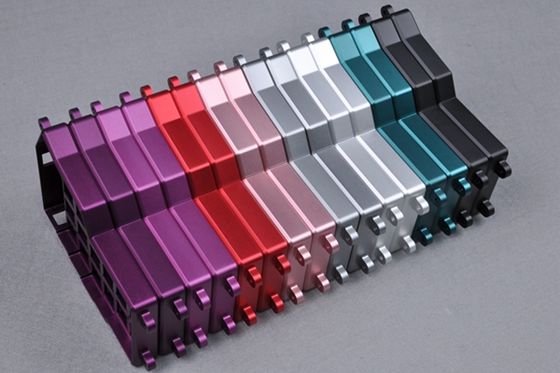
This electrochemical process helps create a durable, decorative, and corrosion-resistant anodic oxide finish. Manufacturers carry out this finish by immersing the metal in an acid electrolyte bath before making an electric current pass through the medium. The aluminum acts as the anode while a cathode is mounted inside the anodizing tank.
Consequently, the oxygen ions released from the electrolyte combine with the aluminum atoms to form an anodic oxide on the surface of the workpiece. Therefore, anodizing is a highly controlled oxidation of the metal substrate. It is mostly useful for finishing aluminum parts but is also effective for nonferrous metals like magnesium and titanium.
Metal Grinding
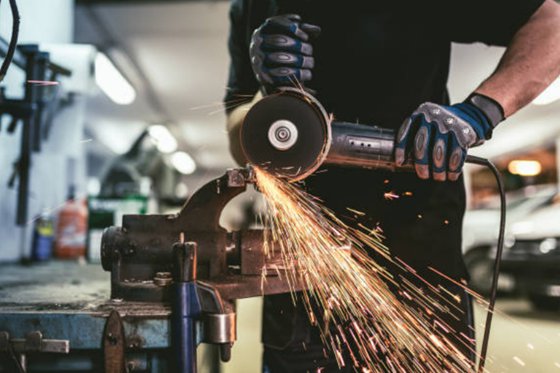
Manufacturers use grinding machines to smoothen out metal surfaces with the aid of adhesives. It is one of the final steps in machining, helping to reduce the surface roughness left on the metal from machining. There are several grinding machines available to deliver various levels of smoothness.
Surface grinders are the most common machines available. However, many other specialty grinders like Blanchard grinders and centerless grinders exist. A precision Blanchard grinder is widely used for large parts. On the other hand, die grinders help with details works, using special-shaped abrasive wheels.
Polishing/Buffing
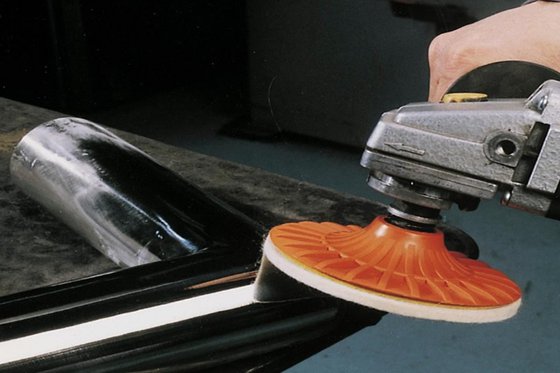
In these processes, abrasives help reduce the surface roughness of metals after machining. These abrasive powders are combined with felt or leather wheels to polish and buff metal surfaces as required.
Manufacturers can carry out metal polishing either manually or automatically (with robotic polishing). Asides from reducing the material’s surface roughness, polishing also increases the metal’s luster. Thus, the main aim of polishing and buffing is to improve the aesthetics of a metal-machined component.
Electropolishing
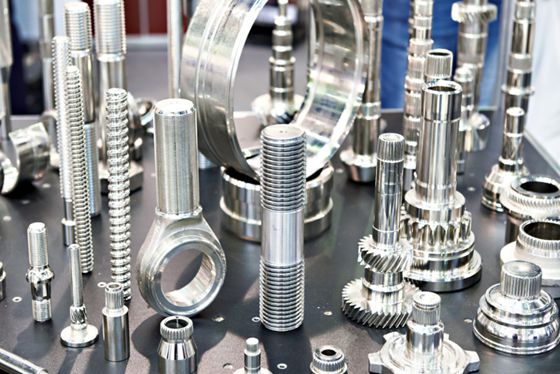
For electropolishing, it is the exact opposite of the electroplating process. Instead of depositing metal ions on surfaces of metal components, electropolishing removes metal ions from the surface. During the process, the substrate is immersed in an electrolyte bath before applying an electrical current.
The substrate becomes the anode, with ions flowing from it to remove defects, rusts, debris, etc. The result is a polished and smoothened surface void of bumps and pocks. Electropolishing removes peaks and valleys from metal surfaces down to the microscopic level. This is one of the best surface finishing options for metals that require a clean and pristine appearance.
Coating
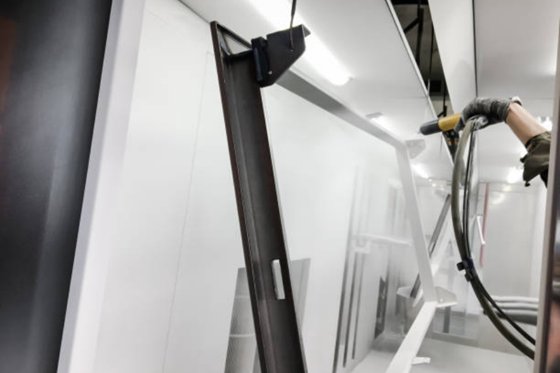
The coating is a broad umbrella that covers several subcategories of surface finishes. The most common and most inexpensive option is the application of commercial paints. Some paints can add color to the product to make it look more aesthetically pleasing. Others can help actively protect the component from corrosion.
There is also powder coating which is a modern version of the painting. It attracts powder particles to metal parts using an electrostatic charge. The powder particles cover the material surface evenly before it is cured through heat treatment or the use of ultraviolet rays. This method is quick and efficient for finishing metal parts like bike frames, vehicle body panels, and several other metallic components.
Blasting
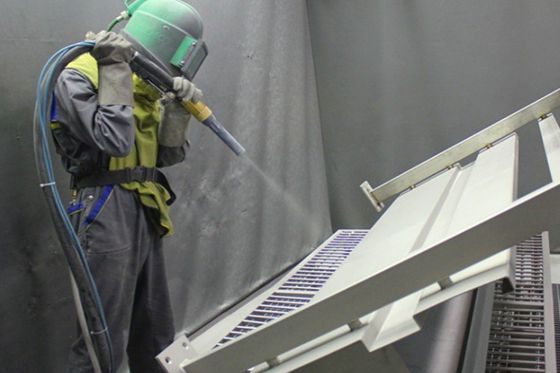
Abrasive blasting is typically used for products that require uniform matte texture. It is a cost-effective process that combines surface cleaning and finishing into a single operation. During abrasive blasting, a high-pressure abrasive flow sprays the metal surface to change its texture, remove debris, and provide a smooth finish.
It can also serve as a surface preparation plating and coating to increase the durability of metal parts. The typical blasting machinery consists of:
- An air compressor to adjust the pressure and volume
- Water-assisted system to suppress dust development
- Moisture separator for humidity reduction
- Air supply line
- Blast machine
- Hose and nozzle
- Blast media, including sand, metal pellets, glass beads, steel grit, steel shots, silicon carbide, etc.
The common abrasive blasting methods are sand blasting and bead blasting. Another unique blasting method is shot peening. This process helps impart compressive stress on metal surfaces to improve fatigue and corrosion cracking resistance. Abrasive blasting is generally cost- and time-saving, allowing product managers to get products to market faster.
Brushing
Brushing finish effectively creates a uniform surface texture and smoothes out the exterior of metal machined products. Unlike plating, this metal finishing technique is ideal for removing imperfections on metal surfaces. It usually employs wire brushes or abrasive belts to achieve these purposes.
Depending on the manufacturer’s application of the process, the results may differ. For instance, moving the brush or belt in a singular direction can help create slightly rounded edges on the surface. On the other hand, wire brushing aims to remove slags produced during welding operations. It also removes grit and scale from the surface of metals before cleaning, plating, or coating.
Painting
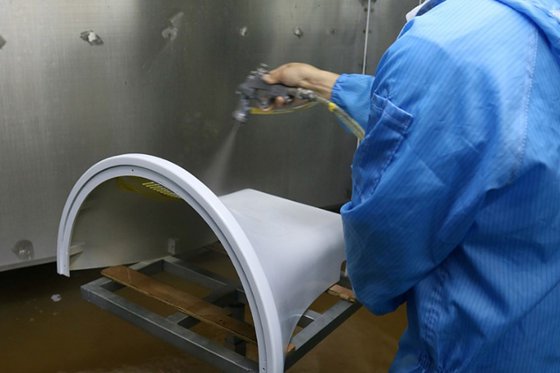
Painting and powder coating are quite similar. It involves altering a metal part with substances like paint, pigment, or color. This surface finishing technique adds a colored protective layer to metal surfaces.
The process begins with the atomization of the paint to transform it into small droplets with high compression and other external forces. Then the machinist delivers the paint to the metal component with the most suitable method. The different methods available include spray painting, powder coating, silk screening, etc.
The method used will depend on the desired finish according to the material size, shape, and quality. Painting aims to create a protective coating on the part’s surface and give it an improved appearance, reaching a high gloss degree.
Choosing a Metal Surface Finishing Process: Factors to Consider
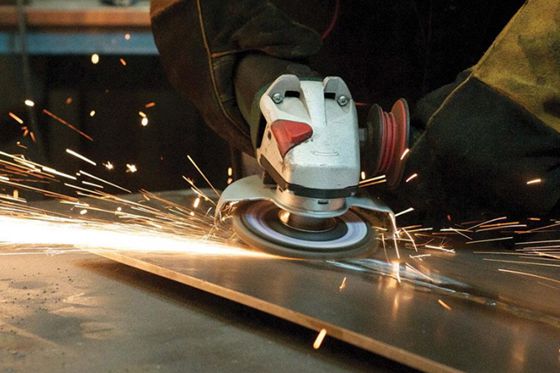
Surface finishing is an essential aspect of metal fabrication, and a proper understanding of the requirements will help you get your desired finish. The adequate pairing of consumables and material knowledge is key to getting a quality finish within a short time and at affordable prices. Here are some factors you need to consider before choosing a surface finish for your metal parts:
Material
Not all metal surface finish techniques are suitable for all metals. For example, anodizing is ideal for aluminum and other non-ferrous metals. Therefore, you must first consider the metal material used in manufacturing the component before choosing the surface finish for that metal.
Some metals are soft, so you don’t want to use strong abrasives on them to avoid damaging their surfaces. On the other hand, using too soft techniques on hard or strong materials may not give you the desired results.
Speed
Different surface finishes have different completion time frames; some are fast while others are slow. Therefore, you must consider the time you need to deliver a project. Analyze the metal finishing options and consider their processing times. If you need to deliver a project quickly, then you need to adopt a surface finish with a very fast processing time.
Applications
Your product’s application and the environment it will be exposed to should also affect your choice. You should choose a protective surface finish for parts with high-intensive applications. These protective finishes will confer durability on the components and prevent premature damage. On the other hand, you can choose an aesthetic finish on parts that don’t require exposure to intense environments.
Budget
You may have found the perfect finishing technique for your metal products, but is it within your budget? Your budget is the overall determinant of the type of finishing process you choose. You should choose one that is within your range while offering quality results. Expensive finishes may raise the product’s cost and affect your company’s budget bottom line.
Conclusion
Quality surface finishing is vital in the production of metal parts. It is not only beneficial to end-users, but it also offers several advantages to the manufacturer. However, not knowing the right way to go about it may affect both manufacturers and end-users in the long run. Therefore, you must understand your needs and look for the most suitable finish for your project.
Here, WayKen offers excellent parts finishing services at very competitive prices. We are committed to meeting the needs of parts requiring a variety of surface finishes, and we perform 100% inspection upon delivery. Upload your CAD file today, you will never be disappointed!

